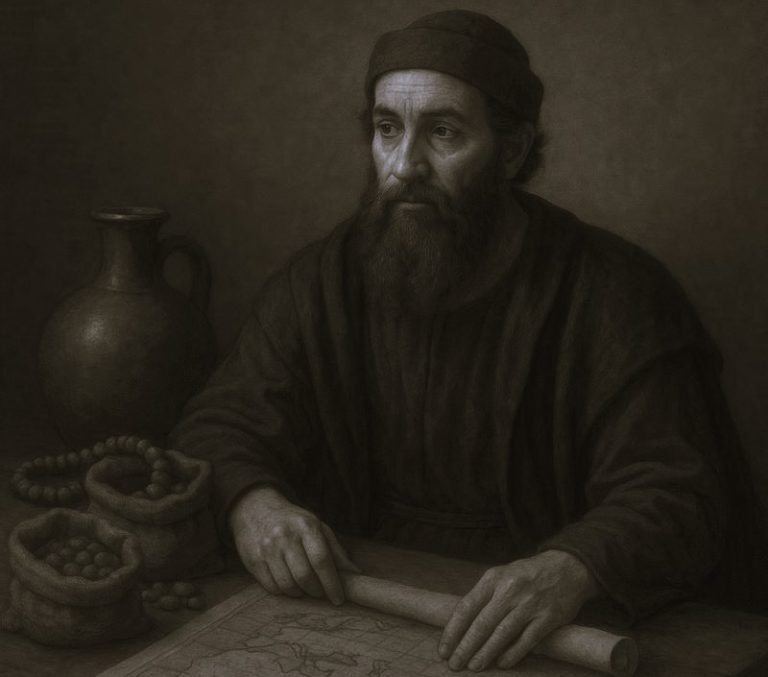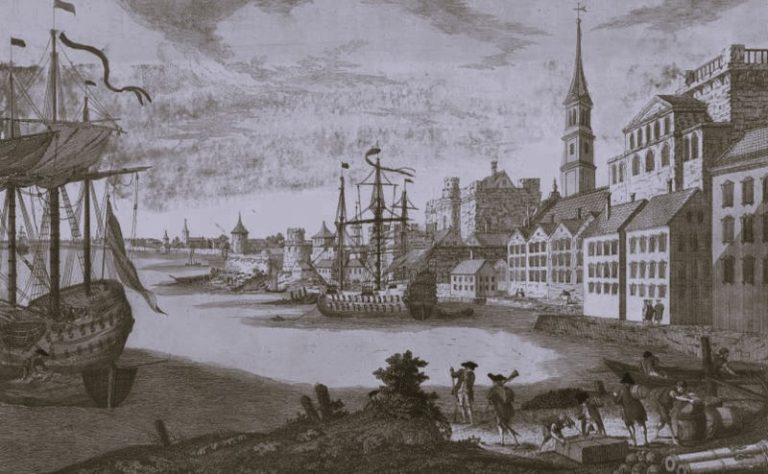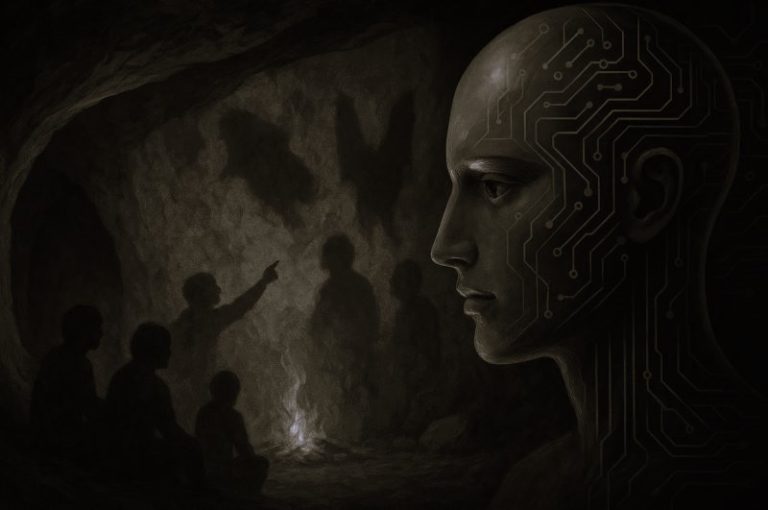

By Malcom Hebron
Head of Drama
Winchester College
Introduction
Richard III is early Shakespeare. Probably composed in the early 1590s, it’s the work of a playwright in his late twenties, author of two comedies (The Two Gentlemen of Verona and The Taming of the Shrew) and the three Henry VI plays on the Wars of the Roses. Richard III is a sequel to the Henry VI plays, and brings the confused and bloody conflict between the White Rose of York and the Red Rose of Lancaster to a conclusion, with Richmond’s defeat of Richard at the Battle of Bosworth in 1485 and the establishment of the Tudor royal house. Written at a time when the childless Elizabeth I, then in her late fifties, was plainly bringing the Tudor dynasty to its end, it was perhaps more a poignant reminder of that house’s beginnings than the exercise in Tudor propaganda which some critics have suggested. Certainly any sense of Tudor triumphalism in the play is remarkably muted: Richmond is only briefly on stage compared to Richard, and the imagery of the play is thick with memories of England’s bloodstained past rather than aspirations of a brighter future.
Literary Renaissance

A look at the Annals of English Literature for 1590–93 reminds us that when Richard III was written, the English literary Renaissance – that short and intense blaze of genius – was at a high point. Those years saw the first version of Sidney’s great prose romance, The Countess of Pembroke’s Arcadia (1590), the first three books of Spenser’s vast allegory The Faerie Queene (1590), Sidney’s sonnet sequence Astrophel and Stella and works by familiar names such as Lyly, Nashe, and Lodge. Common threads could be traced between these works, such as the setting up of some ideal – Platonic love, the utopian pastoral state, the glorious realm of the virgin Faerie Queene – followed by an examination of the forces that threaten this brittle state of affairs. In Richard’s manipulation of human weaknesses this idea of the corruption of innocence is traced to its limits.
The Character of Richard

It is not, however, for its treatment of Elizabethan themes that we chiefly think of Richard III but for its snarling, driven, irresistible central figure. Richard is the first of Shakespeare’s characters to achieve an iconic status. In his presence in the national imagination across the centuries he belongs with Macbeth, Othello, Hamlet – characters who seem larger than the plays around them, to live in their own right so to speak. But how did this happen? How did the story of Richard and his ruthless ascent to power, in a serpent’s nest of 15th-century dynastic and family conflicts, come to have this lasting force in a culture where an understanding of the Wars of the Roses is now the province of a few specialists? An answer must begin with the brilliance of the writing, which is rooted in cultural tradition.
More and the Chronicles

Defenders of the reputation of the real Richard III sometimes blame Shakespeare for introducing the picture of him as a hunch-backed villain, ready to slaughter children in order to accelerate his path to the throne. But that is not quite fair. This portrait really began in the life of Richard written by Thomas More (c. 1513), a remarkable piece of character assassination which drew on existing stories and reports and embellished them with rhetorical skill:
Richard, the third son, of whom we now entreat, was in wit and courage equal with either of them, in body and prowess far under them both; little of stature, ill-featured of limbs, crook-backed, his left shoulder much higher than his right, hard-favoured of visage, and such as is in states called warlike, in other men otherwise. He was malicious, wrathful, envious and from afore his birth ever froward … He was close and secret, a deep dissimuler, lowly of countenance, arrogant of heart, outwardly coumpinable [friendly] where he inwardly hated, not letting to kiss whom he thought to kill; dispiteous and cruel, not for evil will always, but after for ambition, and either for the surety and increase of his estate.
And so on. This is the portrait of Richard that was taken up by the chroniclers Hall (The Union of the Two Noble and Illustre Families of Lancastre and Yorke) and Holinshed (Chronicles of England, Scotland, and Ireland). Where More charts Richard’s rise to the throne, the chroniclers add his descent into disgrace and defeat, providing history in a more medieval sense than we are used to today – a pageant of the lives of great men and houses, exemplifying moral lessons: the Wheel of Fortune is relentless, pride must have a fall, the evildoer eventually meets with his just deserts. In this mentality, even the alleged physical deformities have a moral significance, as outward signs of inner ugliness. For a dramatist, then, More and the chroniclers provided a fully worked-out cartoon villain, complete with motives (‘not for evil will always, but after for ambition’), and vivid details: for example, Shakespeare’s depiction of the scene in which Richard entraps Hastings and orders his execution – ‘Talk’st thou to me of ifs?’ (3.4.75) – closely follows the account of the same scene in More.
The Example of Marlowe

For all the rich accounts before him, Shakespeare still faced the challenge of turning Richard into a convincing theatrical character, one who would hold the attention of an audience. For this he had a useful model in the works of the big man of the stage at that time, Christopher Marlowe. Marlowe specialised in tireless megalomaniac central characters: Londoners had recently been able to enjoy the ravings of Tamburlaine the Great (Parts One and Two, 1587–88) and The Jew of Malta (1589). These plays chart a depraved or flawed central character who shares his thoughts with the audience and, after a brief exercise of power, is overcome and killed. Behind these figures, and the various Elizabethan revengers, lies the further influence of the Roman dramatist Seneca (4BC–65 AD), whose tragedies of bloody revenge were much in vogue.
Medieval Models

In portraying their power-hungry central characters, both Marlowe and Shakespeare could reach into native theatrical tradition for models their audiences would recognise. In the medieval mystery plays, we find an array of devils and wicked figures, such as the tyrant Herod, a good fit for Richard in his expostulations, superhuman energy, child-slaying and eventual and inevitable defeat and damnation. Importantly, the medieval devils often had a comic element to them. The later medieval morality plays dramatised the combat of Everyman against the Devil and the Vices, portrayed as his attendants. Later, the seven Vices coalesced into the figure of the Vice, a buffoon with a name like Iniquity, who slaps a wooden sword against his thigh, scampers around putting his schemes into action, and shares his plans with the audience. Richard himself reminds the audience of the resemblance: ‘Thus like the formal Vice, Iniquity, / I moralize two meanings in one word.’ (3.1.82–83)
Vices were, indeed, given to clever puns, cunning plots and unstoppable energy – Richard’s ‘bustle’ (5.3.290) – in their intrigues. In these respects, and in the link between comedy and malice, the Vice is an important template for Richard – and, later, for Iago, too. And since the Vice is a given, an innate quality of evil, it helps explain how in these plays by Shakespeare appalling acts are committed with little convincing incentive. At the same time, Shakespeare adds layers which take him away from the medieval tradition. A morality Vice would not see ghosts, or be prompted by them into existential self-examination, driven by nervous stuttering rhythms that catch the feel of real thought:
Is there a murderer here? No. Yes, I am.
Then fly. What, from myself? Great reason why –
Lest I revenge. What, myself upon myself? (5.3.184–86)
Machiavelli

In the 16th century, the Vice was joined on the podium of stage villains by the Machiavel, derived from the treatise on statecraft by the Florentine writer Niccolò Machiavelli (1469–1527), Il Principe (1513). Machiavelli believed important lessons in running a state were to be drawn from Roman history, among them the recognition that power cannot be maintained by ethical means alone: strategies such as ruthlessness and duplicity, undesirable in themselves, may be necessary for the security of the state and its ruler. To the next generation, this counsel sounded like a deliberate undermining of religion and advancement of purely selfish ambition, through intrigue and worse. In the theatre Machievelli coalesced with the Senecan hero-villain to give an amoral figure curiously similar to the dramatist himself, concerned with the business of plots and intrigues. Marlowe’s The Jew of Malta begins with Machiavelli himself, who holds morality a fable – ‘I count religion but a childish toy’ and proclaims the doctrine that might is right. Shakespeare catches on to this idea as, in Henry VI, Part 3, he starts to build on the character of Richard, still Duke of Gloucester, and extends him from a warrior into the scheming villain of the later play. To a Machiavellian leader, everything is play-acting, a ploy to dupe a victim and attain the end of power:
I’ll play the orator as well as Nestor,
Deceive more slily than Ulysses could,
And, like a Sinon, take another Troy.
I can add colours to the chameleon,
Change shapes with Proteus for advantages,
And set the murderous Machiavel to school.
Can I do this, and cannot get a crown?
Tut, were it farther off, I’ll pluck it down. (3.2.188–95)

These lines sum up the essence of Richard so perfectly that they are often incorporated into performances of Richard III (the Laurence Olivier film is an example). The line in the first scene, ‘Plots have I laid, inductions dangerous’ (1.1.32) is very Machiavellian, and ‘inductions’, with its sense of an introduction to a drama, is a metatheatrical touch, making us see Richard as the actor-manager starring in his own production.
Star Qualities: Richard’s Attractiveness
The various qualities sketched above have a paradoxical effect. Though Richard III is a monster, he is also a very attractive character. He gives us everything we hope to see in a dramatic performance: adept play-making, dazzling wordplay, chameleon transformations of character, endless energy and quick reactions, interspersed with soliloquies which take us into his confidence. The Vice and the Machiavel are dangerous because they are seductive, and the character of Richard allows an actor to seduce us with a vocabulary of nods and winks which enhance the connection between character and audience established by the little moments of triumph: ‘Was ever woman in this humour wooed? Was ever woman in this humour won?’ (1.2.226–27), says Richard, inviting us to applaud his apparently successful proposal to the Lady Ann Neville, as she grieves for her father-in-law, killed by Richard himself.
But, again, as with the Vice, Shakespeare is not content to take the Machiavellian type as it stands. Marlowe’s Machiavel hero-villains go on a rampaging path of acquisition until near the end, when they are brought down and slaughtered. There is little space for inwardness. The protagonists are in control until near the end. In Richard III, we see a more interesting unravelling of control as, having gained the kingship, he cannot hold onto it or maintain his stage-managing of events. In Act 3, Scene 7, for example, his henchman Buckingham has to report that the plan to stir up the citizenry of London against the Princes in the Tower, and to enthuse them with a fervent admiration of Richard instead, has gone disastrously wrong: the citizens simply stood there ‘like dumb statues or breathing stones’ (3.7.25). And a little later, Buckingham himself will not speak the lines set for him, evading Richard’s demand to have the Princes killed:
RICHARD III Ha! am I king? ’tis so: but Edward lives.
DUKE OF BUCKINGHAM True, noble prince.
RICHARD III O bitter consequence,
That Edward still should live! ‘True, noble prince!’
Cousin, thou wert not wont to be so dull:
Shall I be plain? I wish the bastards dead;
And I would have it suddenly perform’d.
What sayest thou? speak suddenly; be brief.
DUKE OF BUCKINGHAM Your grace may do your pleasure. (4.2.13–21)
Free Will and Providence

Here the puppets are slipping away from the former puppet-master’s grasp. And as they do, so do we the audience, repelled by the escalating crimes and sensing the weakness of the protagonist. The confiding soliloquies fade away. And beneath it all, there is another force which is resisting the Machiavellian plot, indeed making it worthless from the beginning. This is the force of Providence, suggested by one of Richard’s most pregnant lines: ‘I am determined to prove a villain’ (1.1.30). That ‘determined’ catches Richard’s mighty will, but it also hints that he is determined in another sense – destined, ordained to follow the rise and fall of the play. Again there is a theatre analogue: the characters in a play can only ever speak the lines written for them. Real decision-making is an illusion disguising a scripted reality. One reading of Richard III is that what we are seeing is a ritual cleansing of a corrupt world, a working out of a higher will. Richard as the Devil’s stand-in is enacting God’s scheme without realising it, scouring a decadent court and making it possible for a new order to be established after he himself is extinguished at the Battle of Bosworth. The first line of the play, the famous ‘Now is the winter of our discontent’, initially sounds like a standalone sentence. And whatever his victories, Richard never really rises above his discontent – he always needs more – which is also the discontent of a tired and degenerate country. The choric voices of the Ladies, often cut in production, continually carry reminders of past murders and redemption which suggest that a cosmic force, above the characters on stage, is at work, setting a nation to rights through a terrible sacrifice. Against this theological interpretation, the brute fact of the murder of the Princes stands out as inexplicable and unjustifiable by any normal morality. In the end, the balance between free will and providence in the play, and the question of how ‘determined’ Richard is, must remain a mystery.
‘Richard III’ Today
Finally, we should remind ourselves that Richard III is a play, a blueprint for dramatic performance. Two readings which are most accessible are the film versions of Laurence Olivier (1955) and Ian McKellen (1995). Where Olivier bounds around with unstoppable bustle, devilishly clad in black in a period staging, McKellen is a more silky military type, in a modernised setting where tanks and machine guns take the places of horses and swords. Both films cut the text considerably. Al Pacino’s Looking for Richard (1996) combines documentary with performance of selected scenes to test connections between Shakespeare’s world and ours. On stage, celebrated performances include Anthony Sher’s characterisation of Richard as a grotesque insect, scuttling around the stage on crutches. And beyond versions of the play itself, we see Richard refracted through popular culture. Films about gangsters (Scarface, The Krays) typically trace a ruthless Machiavellian rise followed by a fall. A series of films like The Hunger Games is posited on the assumption that an unscrupulous tyrant will eventually fall to a skilful and virtuous adversary. But perhaps the clearest contemporary manifestation of Richard’s story is the series House of Cards, starring Ian Richardson in the British original and Kevin Spacey in the US remake, both distinguished classical actors deeply familiar with Shakespeare’s work. The intimate straight-to-camera confidences, the ingenuity, charm and deft playing off of rivals against each other, all recall Richard, as do the sometimes horrific actions – while the ambitious and equally scheming wife reminds us of Macbeth, Shakespeare’s later development of his first great character creation.
Looked at one way, Richard III belongs to a distant world of medieval politics, obscure chronicles and vanished theatrical traditions. But from another angle his story still speaks to a contemporary world, which views politicians and their schemes with mistrust and looks for reassurances about the power of good to overcome evil. The need for some kind of providential logic to events is deep, even if it is not sustained by the religious faith of our ancestors. We do not like to think of tyrants ending their days in comfortable retirement (Idi Amin, the last Shah of Iran, General Pinochet). We would much prefer to see them vanquished by the righteous in battle, even if they go into it with the kind of wild courage that Richard does. There is no shortage of power-hungry and ruthless politicians and executives today. Over 400 years since its composition, Richard III still tells us a story we want to hear.
Originally published by the British Library, 03.15.2016, under the terms of a Creative Commons Attribution 4.0 International license.







